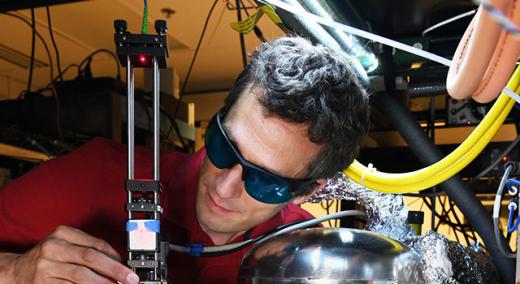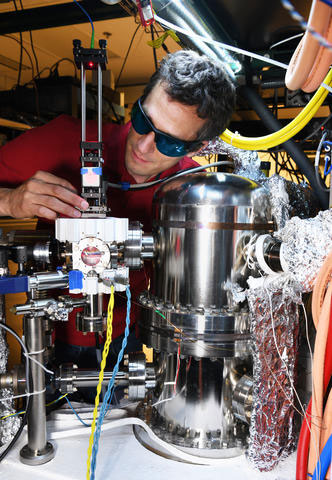A novel, quantum-based vacuum gauge system invented by researchers at the National Institute of Standards and Technology (NIST) has passed its first test to be a true primary standard—that is, intrinsically accurate without the need for calibration.
|
ADVERTISEMENT |
Precision pressure measurement is of urgent interest to semiconductor fabricators that make their chips layer by layer in vacuum chambers operating at or below one hundred-billionth the pressure of air at sea level. They must rigorously control that environment to ensure product quality.
|
|
“The next generations of semiconductor manufacturing, quantum technologies, and particle acceleration-type experiments will all require exquisite vacuum and the ability to measure it accurately,” says NIST senior project scientist Stephen Eckel.
…


Add new comment